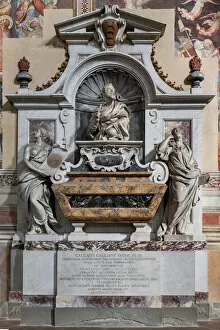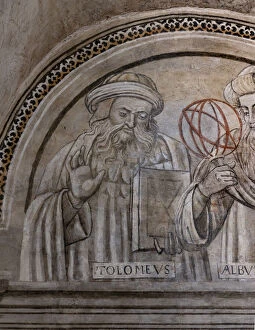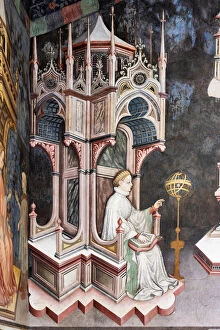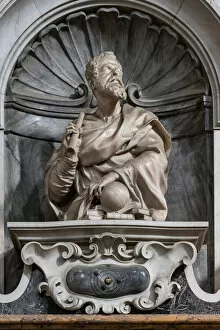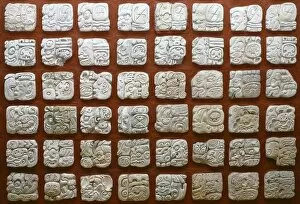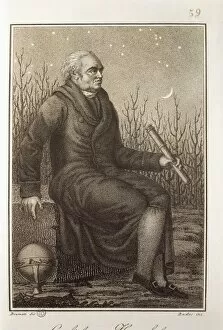Astronomia Collection
"Astronomia: Exploring the Celestial World of the 16th Century" Step back in time to the fascinating world of 16th-century astronomy
All Professionally Made to Order for Quick Shipping
"Astronomia: Exploring the Celestial World of the 16th Century" Step back in time to the fascinating world of 16th-century astronomy, where scholars delved into the mysteries of the cosmos. Rabanus Maurus' influential work "De Rerum Naturis" from the 11th century laid a foundation for astronomical knowledge during this era. The Mayan civilization also made significant contributions to understanding celestial movements through their intricate calendar system. Their observations and calculations paved the way for further discoveries in astronomy. Intriguing monochrome frescoes from 1501-03 depict portraits of Abu Ma shar (Albumasar) and Ptolemy, two prominent figures who greatly influenced astronomical studies during that period. These artworks serve as a visual testament to their intellectual prowess and enduring legacy. A visit to the Sepulchre of Galileo Galilei, located in the left aisle, transports us to a later era when his groundbreaking discoveries revolutionized our understanding of space. The detailed inscription on its basement provides insight into Galileo's remarkable achievements and lasting impact on science. Within "The Hall of Liberal Arts and Planets, " one can immerse themselves in an atmosphere dedicated solely to exploring various aspects of astronomy. This space serves as a hub for learning about planetary movements, star charts, and other celestial phenomena that captivated astronomers centuries ago. As we admire every detail within these historical sites, it becomes evident how deeply humanity has been fascinated by our place in the universe throughout history. Each portrait or inscription tells a story—a tale woven with passion for unraveling cosmic secrets—reminding us that our quest for knowledge knows no bounds. So let us embark on this journey through time, embracing Astronomia's rich tapestry where ancient wisdom meets modern curiosity—an exploration that connects us with those who gazed at stars long before us while inspiring future generations to reach even greater heights among galaxies yet to be discovered.




